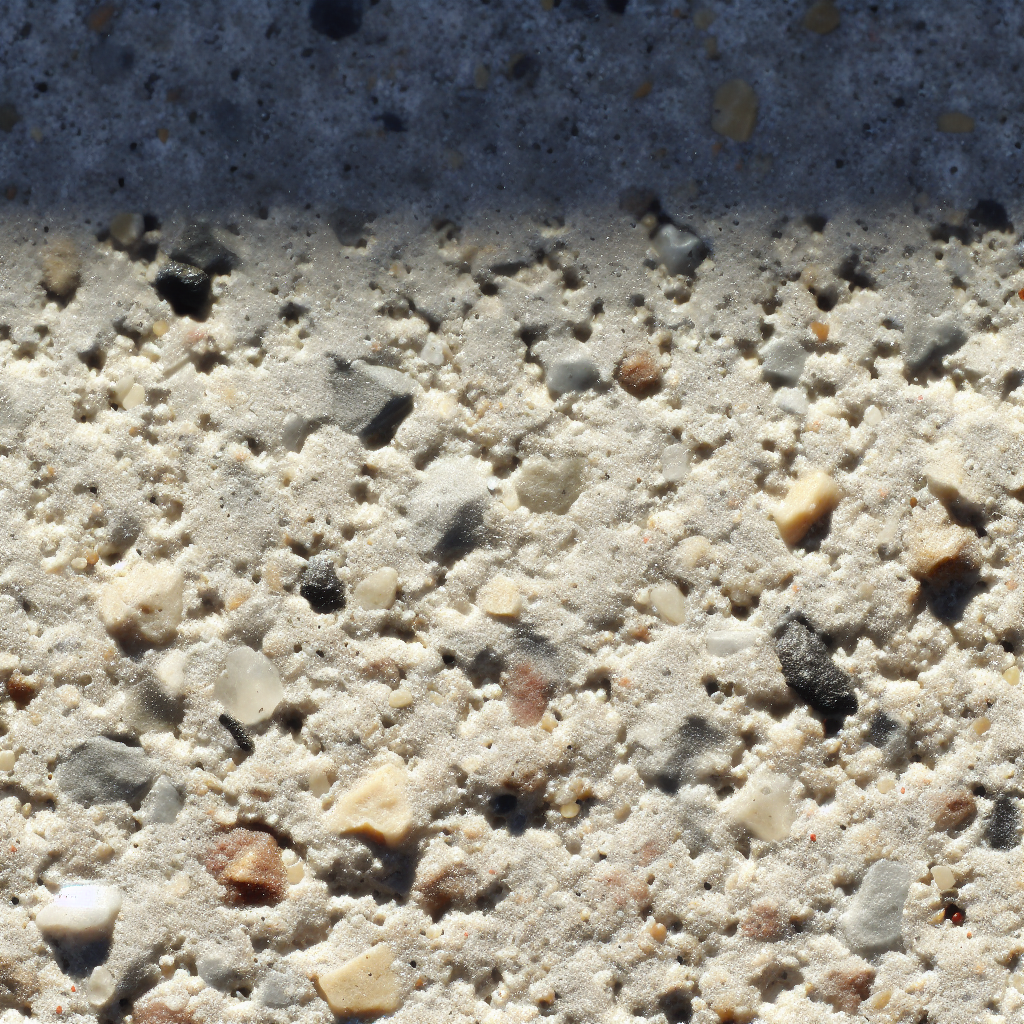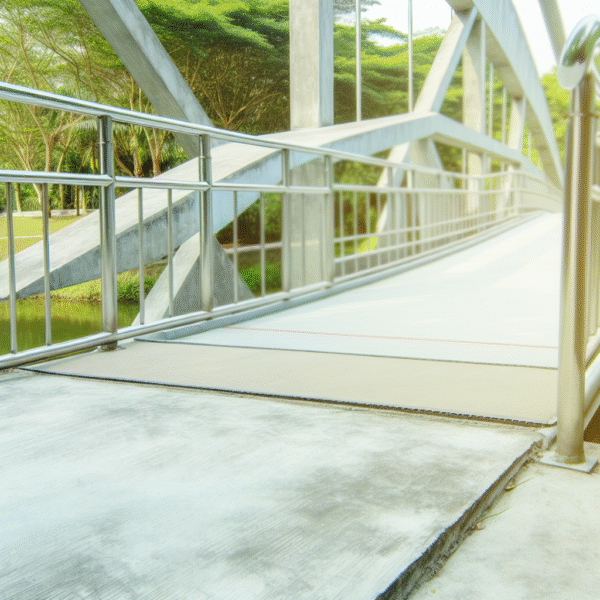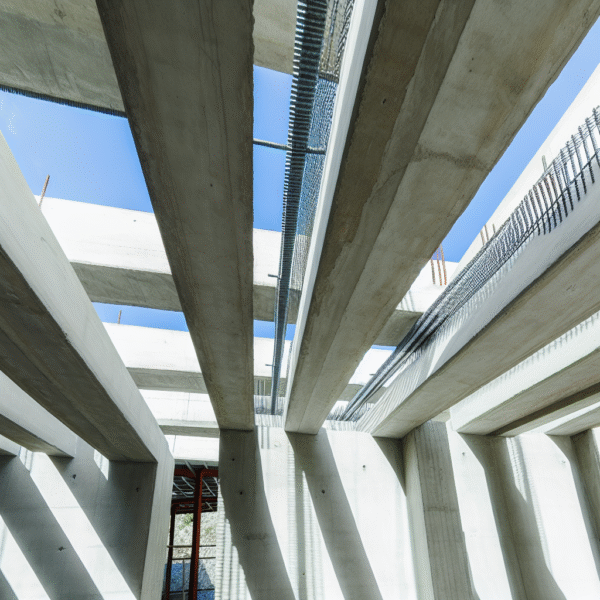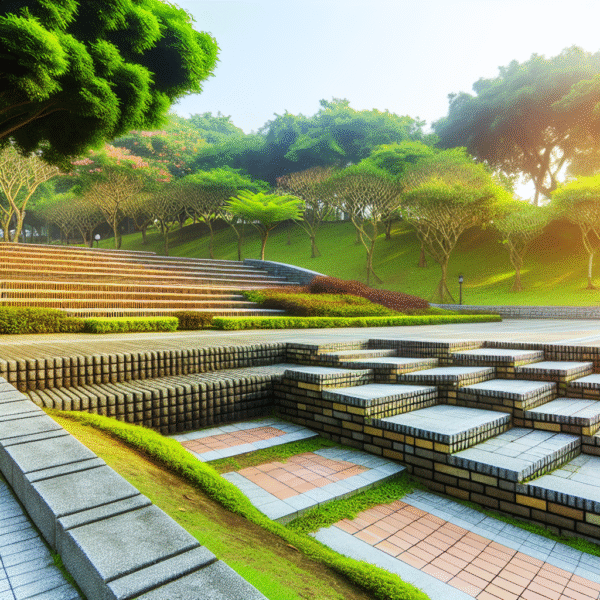The Chemistry of Concrete in the World Around Us
The chemistry of concrete is all around us — from Europe’s ancient cathedrals to modern skate parks under the overpasses of Los Angeles. This essential building material shapes moments of travel, culture, and adventure. Whether you’re strolling through the Colosseum with family, exploring Medellín’s hidden corners, or scaling cliffs at Utah’s Parley’s Canyon climbing wall, you’re literally walking on science. Understanding the chemistry of concrete brings a new dimension to exploring the world’s most fundamental construction material.
By learning what gives concrete its strength and durability, you unlock insights into past civilizations, cutting-edge structures, and sustainable innovations. It’s more than construction — it’s a story of chemical reactions that shape the spaces we live, wander, and marvel within.
What Is Concrete? The Essentials of a Global Material
To understand the chemistry of concrete, you first need to know what makes it so unique. Concrete is a composite material made of Portland cement, water, aggregates (such as sand or gravel), and often admixtures like fly ash or silica fume. When combined, the mixture initiates hydration — the chemical reaction responsible for hardening the slurry into stone-like strength.
During hydration, cement reacts with water to form calcium silicate hydrate (C-S-H), which gives concrete its structural integrity. Calcium hydroxide also forms, protecting the material against environmental damage. From the Hoover Dam to the terraces of Park Güell, this chemistry powers the architecture that defines cities and civilizations.
Travel tip: Families and curious travelers can explore the Deutsches Beton-Museum in Feuchtwangen, Germany. This underrated gem offers interactive exhibits focused on the chemistry of concrete, perfect for both adults and children.
The Ingredients of Concrete: From Volcanoes to Skyscrapers
While concrete may look simple, its ingredients tell global, geological, and historical stories. Pozzolans like volcanic ash — used since Roman times — still contribute to modern cement formulas. Fly ash, a residue from coal plants, is another common admixture enhancing concrete’s performance and reducing its carbon footprint.
At Pompeii, visitors can witness the surprising longevity of Roman concrete. Builders used volcanic ash from Mount Vesuvius, combined with lime and seawater, to create structures that have resisted centuries of weathering. Walk through the preserved villas and you’ll find thick, breathable walls made from pozzolanic concrete — an ancient chemistry still studied today.
Adventure-minded travelers should visit Iran’s Shushtar Historical Hydraulic System — a UNESCO site featuring concrete-like materials used over a thousand years ago. Outdoor exhibits and still-functioning waterways demonstrate the engineering power of lime-based mixes and naturally sourced aggregates.
Where Chemistry Meets Culture: Concrete Sites Worth Visiting
Concrete isn’t just structural — it can also be deeply cultural. Cities like London and Boston showcase Brutalist architecture where chemistry enables massive overhangs, rugged textures, and sweeping curves. These architectural styles rely heavily on the chemistry of concrete to turn bold ideas into tangible spaces.
In San Francisco, the Exploratorium doubles as a sustainability showcase. Children can play on porous concrete paths while adults study exhibits on cement hydration and green admixtures. This blend of science and design enhances public interaction and education.
Solo travelers finding themselves in Thailand’s Maeklong Railway Market will walk on vibration-resistant concrete engineered to withstand constant tremors from passing trains. It’s an excellent example of how modern material science blends seamlessly with local culture.
Adventure and Outdoor Activities Centered Around Concrete
The chemistry of concrete enables outdoor thrills — from skate parks to hiking paths. This isn’t just about durability; precise adjustments in water-cement ratios, aggregate grading, and additive selection allow for surfaces that are smooth, erosion-resistant, and environmentally friendly.
In Dumfries, Scotland, eco-conscious skaters enjoy ramps made from concrete infused with recycled glass and polymer additives. Whether you’re a beginner or a pro, the science under your wheels enhances performance and sustainability.
Mountain bikers near Boulder, Colorado, benefit from concrete infrastructure too. Engineered drains along Flatirons Vista Trail channel runoff and hold strong year-round, thanks to tailored hydration rates and aggregate designs that prevent cracking under environmental stress.
Top off your concrete-inspired journey with a visit to Switzerland’s Salginatobel Bridge. This reinforced concrete marvel spans a dramatic Alpine gorge and was built in 1930 using advanced mixture calibration and hydration timing. Guided tours offer insights into the chemistry behind its iconic structure.
Insider Tips for Spotting Unique Concrete Uses on Your Travels
Once you understand the chemistry of concrete, you’ll begin to appreciate its many forms and functions during your travels. Keep an eye out for colored concrete, which uses mineral pigments like iron oxide or titanium dioxide. On Mexico City’s UNAM campus, vibrant pathways and organically shaped buildings demonstrate this beautifully.
In Reykjavík, Iceland, harborfront sculptures shaped from concrete mimic the country’s volcanic basalt columns. These elements are made using formulations enhanced for cold climates, proving how chemistry adapts to environmental challenges.
High-performance concrete is also behind many iconic sites, including Marina Bay Sands in Singapore and India’s Chhatrapati Shivaji Maharaj Terminus. Additives such as silica fume minimize porosity and boost strength — making concrete structures that resist moisture and endure for generations.
Concrete Chemistry Through a Traveler’s Lens
Every time you step across a sidewalk, rest on a plaza bench, or gaze at a monument rising from stone, you witness chemistry in action. The chemistry of concrete isn’t confined to laboratories — it’s etched into our streets, shelters, and skyline silhouettes.
From the hand-smoothed surfaces of Kyoto’s Philosopher’s Path to the protective bioconcretes guarding Venice’s heritage, this material tells a story of innovation, collaboration, and endurance. Each formula echoes cultural needs, environmental constraints, and engineering genius. When you travel with this lens, the world becomes a living showcase of molecular art.
So wherever your journey takes you — urban jungle or ancient ruin — take a closer look at the world beneath your feet. The chemistry of concrete connects places, people, and history, one reaction at a time.




